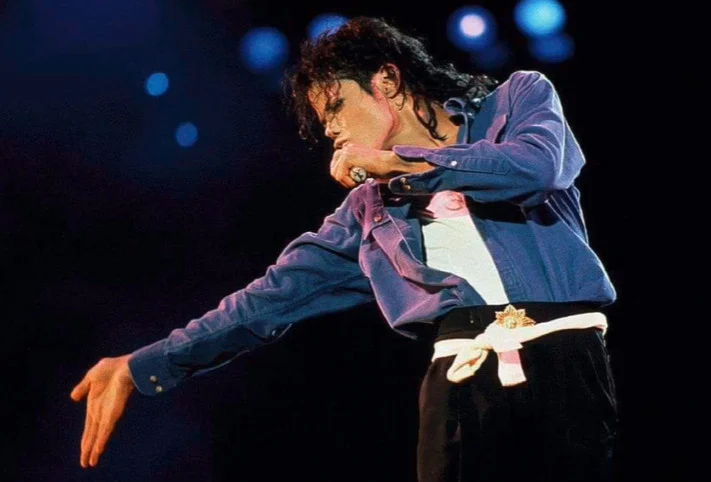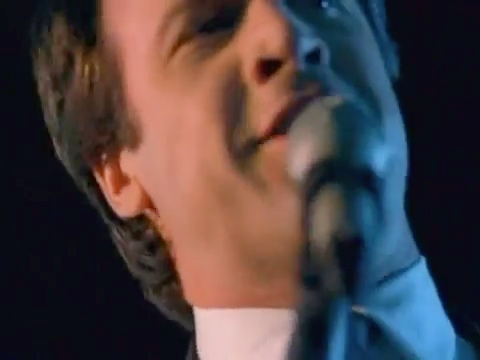Description
The 1960s were a defining decade for Roy Orbison, marking both the peak of his success and the beginning of personal and professional struggles. Here’s an overview of what the '60s were like for him: Early 1960s – Peak of Success Orbison became a major star in the early ‘60s, known for his operatic voice, emotional ballads, and dark, dramatic themes. His songs from this period were characterized by complex structures and unique chord progressions. - Biggest Hits (1960-1964) *Only the Lonely* (1960) – His breakthrough hit, reaching No. 2 in the U.S. and No. 1 in the U.K. - *Running Scared* (1961) – A haunting ballad that hit No. 1 on the U.S. charts. - *Crying* (1961) – One of his most famous songs, a mix of rock and orchestral pop. - *Dream Baby (How Long Must I Dream)* (1962) – A more upbeat, rockabilly-inspired track. - *In Dreams* (1963) – A surreal, cinematic ballad that became one of his signature songs. - *Blue Bayou* (1963) – Later made famous by Linda Ronstadt. - *It’s Over* (1964) – Another dramatic ballad that topped the U.K. charts. - *Oh, Pretty Woman* (1964) – His biggest hit, reaching No. 1 in both the U.S. and U.K. and becoming a rock classic. During this period, Orbison toured extensively, often sharing the stage with acts like The Beatles and The Rolling Stones. His music was admired by many British Invasion artists. Mid-to-Late 1960s – Decline and Tragedy After *Oh, Pretty Woman*, Orbison’s commercial success began to fade due to changing musical trends, especially the rise of British rock bands. His music, heavily orchestral and melodramatic, started to feel out of step with the rawer sounds of the mid-'60s. Personal Tragedies - 1966: His wife, Claudette, tragically died in a motorcycle accident. - 1968: His Tennessee home burned down, killing his two young sons. Despite these losses, he continued making music, though his later ‘60s albums didn’t achieve the same level of success. Late 1960s – Career Struggles By the late ‘60s, Orbison's commercial appeal had waned. He recorded albums like *The Fastest Guitar Alive* (1967, tied to a Western film he starred in) and *Roy Orbison’s Many Moods* (1969), but they failed to chart significantly. His move to MGM Records in 1965 didn’t bring him the success he hoped for. Legacy of the '60s While the latter half of the decade was difficult for Orbison, his early ‘60s hits remained influential. His dramatic, operatic style and emotional delivery inspired future generations of musicians, and many of his songs found renewed popularity in later decades. Would you like me to go into detail about his albums from this period?
Comments
Add a comment
Samples
Pitch











![Junko Enoshima [Royal Personality] (Danganronpa)](https://imgproxy.weights.com/insecure/size:860:0/resizing_type:fill/plain/https://assets.weights.com/clr5l9hn0004o9zi42iq9t3dy/84af9052c18ebb364a5fed05a645a548.png)

































![Prince Royce [2010-2013]](https://imgproxy.weights.com/insecure/size:860:0/resizing_type:fill/plain/https://assets.weights.com/clrwsib3y000a6fnkrv0be4bm/b628abcf527d0d6fdd1bcccfa092004f.jpg)




![[Anime Boy Voice] Royalty Free](https://imgproxy.weights.com/insecure/size:860:0/resizing_type:fill/plain/https://assets.weights.com/clve59k3n000nunya941pc90y/ee856f7d050b28f3d21058940adc47b4.jpg)






